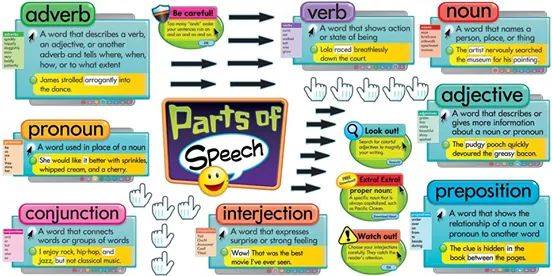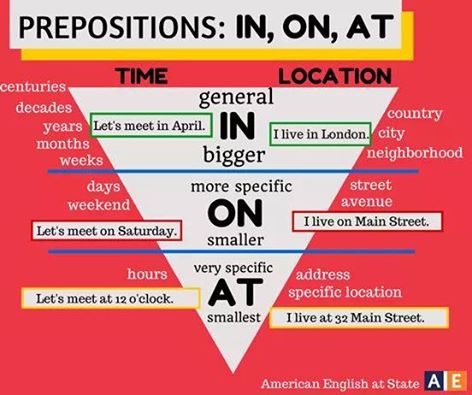One of the things that you need to learn when studying the Bible is how to analyze an English sentence. You may have to go back to your English 101 in order to do this well. Unfortunately, I wouldn’t recommend using a Tagalog Bible to do this. Tagalog translations are not usually reliable when it comes to in-depth Bible studies. You would need an English Bible to study the Bible well. If you don’t know the original languages (Greek or Hebrew), you would have to rely on a very good translation in order to study a sentence in Scripture. I usually recommend the NASB or the New American Standard Bible. This translation follows the original language very closely.
The key is to diagram the sentence and then bombard it with interpretative questions. Click here to download a guide on how to do sentence diagramming. First, you need to know what kind of sentence it is. You can use the Guide to Sentence Diagramming to try to match the sentence you’re studying in Scripture with the examples given. You can also use this guide to have a general idea about sentence structures.
Second, start diagramming the sentence based on the guide. What is important is to understand the relationships between the words in a sentence. Of course, as you do so, you are already making interpretative decisions. Occasionally you will encounter questions that are difficult. You wouldn’t know where to place a word or a group of words in the sentence diagram. This is part of the interpretative process. So please be patient. Keep on asking. If necessary, put lots of question marks. Use this guide below to identify what parts of speech you’re dealing with, so that you can make a better decision on where to place each word or group of words in a diagram.
In addition, you need to start the process of parsing the words in the sentence. Here is another guide on how to do that. Click here. You also need to pay attention to prepositional phrases, because they are usually very important. You can use this guide below to understand the significance of prepositions. Remember to relate them to the object of the preposition (e.g. in Christ Jesus). The verbs, too, are very important. They modify or clarify the original author’s intended meaning, which is the goal of exegesis. Click here to know more about parsing verbs.
The third step is to bombard your diagram with interpretative questions. Although you can come up with many different questions, there are three that I consider essential.
- What is the meaning of this word or phrase?
- What is the significance of this word or phrase if it means that?
- How does this significance affect my understanding of the whole passage?
So, I’m talking about just analyzing an English sentence. We’ll talk more about how to use other tools to get to the deeper meanings of the text. Enjoy!



